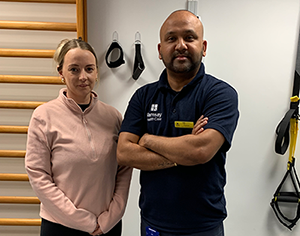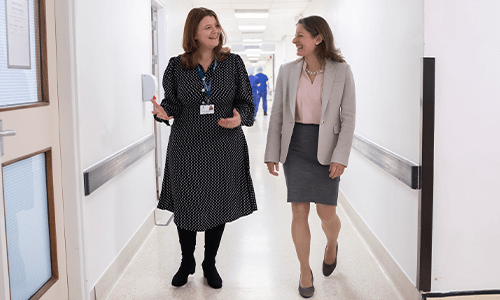Hernias are not something that will go away on their own, and if left untreated they are likely to get bigger and much more painful. The longer the hernia is left untreated, the higher the risk of developing complications that can result in health issues.
When a hernia is left untreated, there are two main things that can happen – obstruction and/or strangulation. An obstructed hernia is most common when a hernia is left untreated and is when a part of the intestine that has protruded through the opening gets trapped. The symptoms include nausea, vomiting, abdominal pain, and a defined lump around the groin area.
A strangulated hernia on the other hand is a life-threatening condition in which blood flow to the trapped part of the intestine or tissue around it is cut off. This requires immediate medical attention as ignoring it can lead to severe health conditions including gangrene, shock, or intestinal perforation. Symptoms can include fever, sudden pain in the abdomen or groin that gradually worsens, a growing lump that turns dark and firm over time, and the inability to pass stools or gas.
Leaving a hernia untreated can result in many medical complications, some of which can be life-threatening . It’s extremely important that you get it checked as early as possible.


